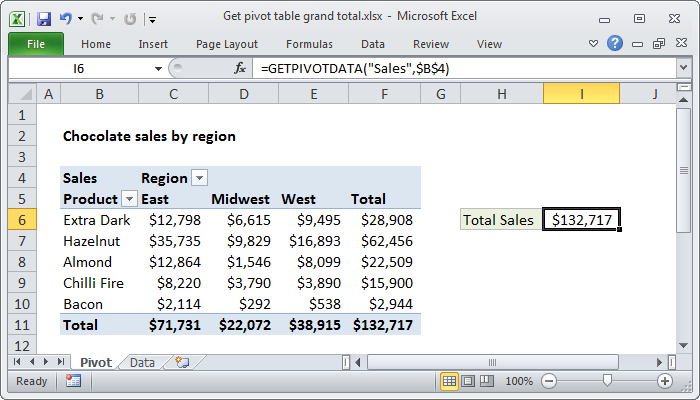May 18th 06, 04:03 AMposted to microsoft.public.excel.worksheet.functions |
Converting Getpivotdata function in Excel '03 to Excel '00?? The GetPivotData function arguments are different in Excel 2000, and I don't know of any way to automatically convert them from the Excel 2003 structure. In Excel 2000, the formula isn't automatically created when you link to a pivot table cell, so you'll probably have to rebuild them. MK wrote: I have a tough problem I really need solving. For work I had to do a huge report with a lot of getpivotdata function from a number of pivot tables. The platform i used was Excel 2003, which I use at home. However, I realised that at work they only have excel 2000, and it is the only version that employees are allow to use. When I opened up the file at work on Excel 2000, and although the numbers are there, when the pivot data changes or gets refreshed, the data on the reports with the Getpivotdata functions become errored. I heard that the syntax for the function in Excel 2003 is different from Excel 2000. I have been crying over this, and I am looking for a solution. please help, I am very desparate, as the report took me over 3 weeks to complete. Thank you in advance MK -- Debra Dalgleish Contextures http://www.contextures.com/tiptech.html |

GETPIVOTDATA HLOOKUP HYPERLINK INDEX INDIRECT LOOKUP MATCH OFFSET ROW ROWS RTD TRANSPOSE VLOOKUP Excel 2019 Excel 2019 for Mac Excel for Office 365 Excel for Office. Welcome to the Excel group! This is the place to discuss best practices, news, and the latest trends and topics related to Excel. To use the GETPIVOTDATA function, the field you want to query must be a value field in the pivot table, subtotaled at the right level. In this case, we want a subtotal of the 'sales' field, so we provide the name the field in the first argument, and supply a reference to the pivot table in the second: = GETPIVOTDATA('Sales', $B$4).
Excel 2016 Getpivotdata
People Also Ask
Select all of the data in the worksheet by pressing 'Control' and 'A' on your keyboard. Select the 'Insert' tab and select 'Pivot Table.'. Select 'Pivot Table' again. The Create Pivot Table appears. In the 'Choose the data that you want analyze' option, select the option for 'Select a table or range.'.. Readmore ››

How to Run the PivotTable Wizard in Excel. 1 Select the Excel table. To do this, just click a cell in the table. After you've done this, Excel assumes you want to work with the entire table. 2 Tell Excel that you want to create a pivot chart by choosing the Insert tab's PivotChart button. 3 Answer the question about where the data that you want to analyze is stored. 4 Tell Excel in what worksheet range the to-be-analyzed data is stored. 5 Tell Excel where to place the new pivot table report that goes along with your pivot chart. More items. Readmore ››
Excel Getpivotdata Ref Error

Getpivotdata Excel 2016
To make a pivot table, open up Microsoft Excel, enter data into a spreadsheet, highlight all of the data and select 'Pivot Table' from the 'Insert' tab at the top of the screen. Create a pivot table, making sure to enter in the range of data and fields, with IT help from a software developer in this free video on computers. Video of the Day.. Readmore ››
Excel Getpivotdata Count
List of Advantages for Pivot Tables. 1. They allow you to see how the data works. Pivot tables are one of the only tools available to users that can provide deep insights into analytics data. Multiple reports can be generated with this tool off the same collected data within a single file. 2. It can work with SQL exports.. Readmore ››